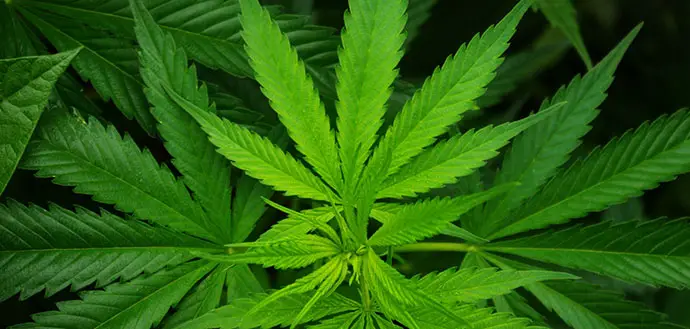Marijuana continues to be one of the favorite and most used drugs by college students across the country, the University of Michigan’s annual national Monitoring the Future Panel study has revealed.
Conducted by a team of research professors at the University of Michigan and funded by the National Institute on Drug Abuse, the annual national Monitoring the Future Panel Study has been tracking substance use among American college students and noncollege youth since 1980.
In 2018, nearly 43 percent of college students ages 19-22 reported using marijuana in the past 12 months, while 25 percent reported using it at least once in the past 30 days. Almost similar trends were observed among high school graduates of similar age.
The number of college students who used marijuana daily or near-daily in the past 30 days jumped to 5.8 percent. Overall, the recorded prevalent figures were at the highest level seen in the past 35 years. The increase in the prevalence of vaping marijuana among college students rose from 5.2 percent in 2017 to 10.9 percent in 2018.
“This doubling in vaping marijuana among college students is one of the greatest one-year proportional increases we have seen among the multitude of substances we measure since the study began over 40 years ago,” said John Schulenberg, principal investigator of the study panel.
The report partially attributed the increase in marijuana use among college students to the growing perception that smoking marijuana is less or not harmful.
“Perceptions of great risk peaked at 75 percent in 1991, when marijuana use among college and noncollege youth was at historic lows,” said Lloyd Johnston, the original principal investigator of the study.
“We have consistently seen this inverse relationship between perceptions of risks of harm and actual use, with changes in perceptions of risk typically preceding changes in use.”
The use of other illicit drugs was reported at 18 percent in 2018. The annual cocaine use increased from 2.7 percent in 2013 to 5.2 percent in 2018. However, the report noticed a decline in the use of OxyContin and Vicodin, amphetamines, MDMA, alcohol and cigarettes.
Clark University Launches Certificate Program on Cannabis Control

